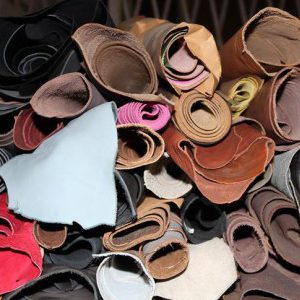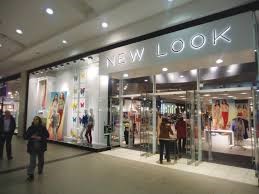In her book, “Confessions of a Shopaholic” Sophie Kinsella says,” […] That moment. That instant when your fingers curl around the handles of a shiny, ungreased bag and all the gorgeous new things inside, it becomes yours. […] It’s like going hungry for days, then cramming your mouth full of warm buttered toast. […] It’s pure, selfish pleasure.” You can feel a shiver go down your spine already. One has gone through the wilderness to understand this: don’t tempt a leather bag to tempt you. Its ways are subtle yet sly and addictive.
Speaking of which, leather is the new gold. The leather industry in Africa is alive and ready to take the world by storm. In an article published in the International Journal for Business and Economic Research (2015) the researcher Mulat Alubel Abtew (Institute of Textile and Fashion Technology at Bahir Dar University) remarks, formal international trade in leather and leather goods is estimated at over US$ 50 billion a year. In the ensuing decade, the demand for leather raw materials (hides) and finished products may exceed supply – making the leather industry on a global scale, one of the most lucrative business sectors in the future. Africa’s abundance of livestock places Africa in an advantageous position within the industry, as leather is a by-product of the meat industry. Africa has about 15% of the world’s cattle population, a percentage that grew by about a quarter over the last decade, overtaking the global trend. Furthermore, Africa equally accounts for about 25% of the world’s sheep and goat population. This puts the continent in a pivotal position as a key supplier of hides and raw materials to the expanding industry of leather and leather goods.
Discover Swaady Martin’s made in Africa headdresses
Despite these promising statistics, leather and leather products generally account for less than 4% of total exports in Africa, due to the unstructured nature of the industry. Africa only produces 8% of the world production of cattle hides and about 14% of goat and sheepskins. Notwithstanding these practicalities, Ethiopia sets itself apart through its surging leather industry. Ethiopia is home to one of the world’s largest livestock populations with a cattle population of more than 57 million that ranks the country first in Africa and sixth in the world. With a sheep population of over 28 million and a 29 million goat population, Ethiopia ranks third in Africa and eighth in the world. As of 2015, research suggest the hides and skin supplied to the tanneries in Ethiopia have reached 1.4 million cow hides, 6.7 million goat skins and 13.2 million sheep skins.
Berhanu Serjabo, Coporate Director of Leather Industries Development Institute in Ethiopia states, Ethiopian leather is acknowledged as being the best in the world and is highly sought after in the international leather market, due to its superior qualities of sheep skin. The Ethiopian sheep skin are requested for high class and high value glove leather and the goat skin are equally acknowledged to be the finest for suede making, garments and footwear. Over the years Ethiopia has been exporting its leather to Europe and Asia, where it is transformed into fashionable items. Nonetheless, Ethiopia-based factories owned by foreign companies are taking steps to reverse the pattern of overseas production and create jobs for several Ethiopians at home.
Discover Londre Tan,a new fashion brand
Heavily reliant on local tanneries in Kano, Lagos, Onitsha and Aba, Nigeria’s leather industry is also growing considerably fast. Besides cattle, sheep and goat hides, Nigeria equally produces exotic materials from snakes and crocodiles. Interestingly, in 2016 unconfirmed reports suggest renowned haute couture fashion icons Louis Vuitton and Ralph Lauren were allegedly using leather supplied from Nigeria. Fashion designers like Femi Olayebi, CEO of Femi Handbags can attest to the mindboggling business opportunity this niche industry presents. Speaking to CNN Femi Olayebi believes there is a lot more to offer from within Nigeria. Her desire to promote the idea of “Made in Nigeria” led to the launching of the Lagos Leather Fair in 2017 to celebrate and promote Nigeria’s luxury leather market. The fair brought together major actors from manufacturing and the supply chain to foster collaboration and lobby support from government.
During the National Leather and Leather Products Policy event organised early this year in Sokoto-Nigeria, the Director General of the National Centre for Technology Management, Prof. Okechukwu Okwuoma, noted the leather industry generates N24.5 billion (app. $ 67000) annually and has the capacity to create about 700,000 direct and indirect jobs. Iyalode Lawson, president of the Nigerian Association of Chambers of Commerce, Industry Mines and Agriculture believes with the right market conditions, Nigeria’s leather industry could be worth $1 billion annually by 2025.
As the leather industry continues to gain significant ground within the African market, many more countries around the world are equally gradually coming to terms with the fact that leather is the new gold of Africa. However, much is still to be done to take the industry upscale.





